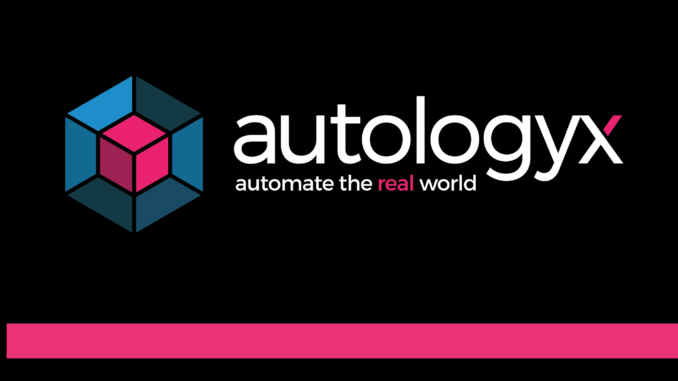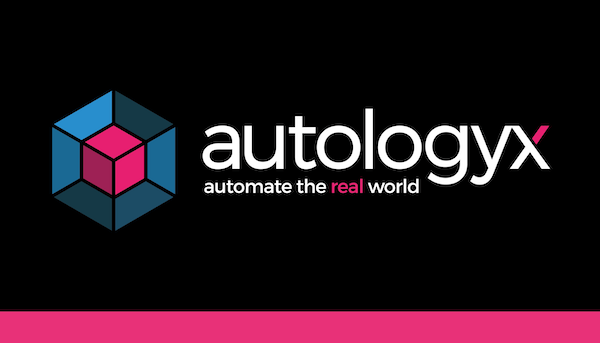
By Ed Wilson, CEO of Autologyx, the no-code digital operations platform.
Automation is Everywhere
Take grocery shopping, for example. Even just five years ago you might have gone shopping in person with a handwritten list. Today, without leaving your couch, you can call out, ‘Alexa, order more laundry detergent’. Speech recognition parses your order, which is then placed electronically by a system that already knows your brand preferences and payment details, and your order is delivered to your door. This task has evolved from manual effort to an automated workflow.
Workflow automation has made similar advances in the legal world. For example, contract renewals can be managed by setting up a workflow to automatically send reminders to the right people at set intervals ahead of renewal dates. These workflows can include automated escalations to provide all the checks necessary to avoid missing critical deadlines.
Workflows can also be triggered by dynamic factors. For example, a workflow can monitor interest rates and, if a rate crosses a predefined threshold, that can trigger an automatic redrafting of contract terms or the issuance of payment notices.
Of course, this isn’t quite as simple as buying an Amazon Echo for your office, but it doesn’t have to be an expensive and lengthy endeavour either. With the right tools, legal teams can implement and adopt workflow automation quickly and effectively.
Demystifying the Platform
The term platform has become so overused – and misused – as a buzzword that its meaning has become unclear to many.
A true platform is like a Lego set – all standard pieces that fit together in endless combinations. You can buy a Lego set with all the pieces needed to build a car or a spaceship, and those same pieces can later be rearranged to create many other things.
A platform works the same way. It provides a standard framework (like Lego pieces) that allows you to build and rebuild the workflows you need. That framework allows legal to build out and adapt workflows to tackle the full range of workflow challenges it faces day to day – from repetitive tasks to complex processes.
A platform is not a point solution. A point solution is a tool designed to solve a specific business challenge. Examples include contract management, matter management, and eDiscovery. These tools can be very useful within their respective scopes – but only within their respective scopes.
A point solution is more like a Matchbox car. It’s great as a car, but that’s all it can be. There’s no way to take it apart and rebuild it into anything else.
The legal tech market offers over a thousand individual point solutions. By now, every legal department or law firm has at least one.
The problem is that while they create efficiencies in their specific areas, integrating them with other point solutions is often challenging and costly. And even with integration, you still don’t have a comprehensive workflow. Separate point solutions also inherently create separate, disparate silos of information.
That’s where the platform comes in. While it can knit together different point solutions, fundamentally it does much more than that; it provides a standard framework to support all workflows. It can incorporate critical point solutions where needed, as well as offer up comparable solutions without having to go to market for another tool. It allows you to build, adapt, and expand workflows to meet the ever-changing needs of legal.

Automation Options
The rise of no code/low code platforms means that process-oriented people no longer need a team of developers to build and redesign workflows. Members of your own legal team can leverage pictures and drag and drop functionality within the platform to assemble things themselves. This means workflows can be built, changed, expanded, and scaled quickly by the people who will use them the most, providing continuous, real-time value to legal, without leveraging scarce or costly IT resources.
This no code/low code approach is a key differentiator from old-school business process management (BPM) platforms, which IT departments are familiar with, but legal teams likely haven’t encountered. To understand BPM, imagine owning an entire Lego city that can only be built and changed by highly trained Lego experts. BPM implementations are lengthy and costly, and BPM generally lags behind the pace of change required in today’s business environment.
There’s another way to approach automation: ‘bots’. Robotic process automation (RPA) tackles voluminous, routine tasks that don’t require human thought to complete. Many legal teams have begun experimenting with bots.
RPA automates very straightforward, linear tasks. Think of it as a toy robot you can teach to execute a series of mouse clicks in an application for you, so you don’t have to do the clicking. This is a huge time saver, especially with tasks your team repeats hundreds of times a day.
Automating a task, however, doesn’t mean it’s done better just that it’s done faster. RPA on its own doesn’t move the needle on overall process improvement.
Adding to that, if anything changes – for example, if the user interface of the app used by the bot gets updated – the bots won’t work until their routines have been updated. The more bots you have, the more time consuming that can become; updating a handful of bots is one thing, managing dozens would take a significant amount of ongoing time and effort. Thus, it’s difficult to scale with RPA.
RPA serves a specific purpose as a quick and cost-effective way to take advantage of some automation, but it does not provide a comprehensive workflow for complex processes that require human interaction. A platform, however, can accomplish routine tasks as well as those complex processes; it’s a full-service solution.
So What?
The most accurate answer is, ‘It depends’ – on your existing tools, what processes you need to address, how quickly you need to move, and your budget. There’s a sweet spot for each tool.
Having demystified the overall landscape of automation in legal, we’ll next turn our attention to the future of workflow automation. Stay tuned.
—
You can find more information about automation in legal and what Autologyx can do for you: here.

[ Artificial Lawyer is proud to bring you this sponsored thought leadership article by Autologyx. ]
1 Trackback / Pingback
Comments are closed.